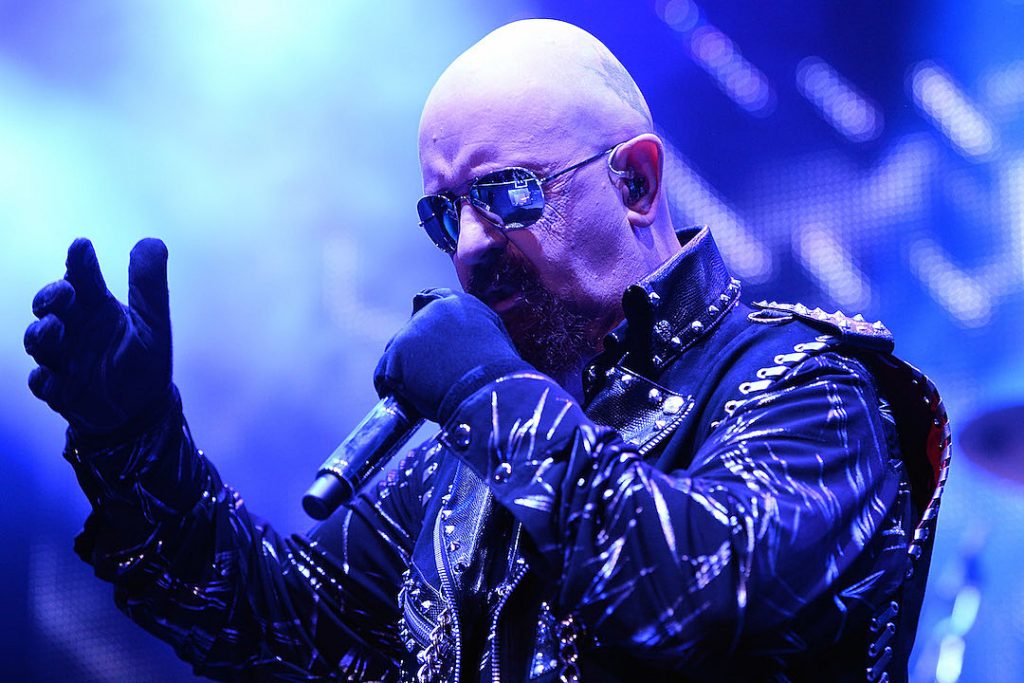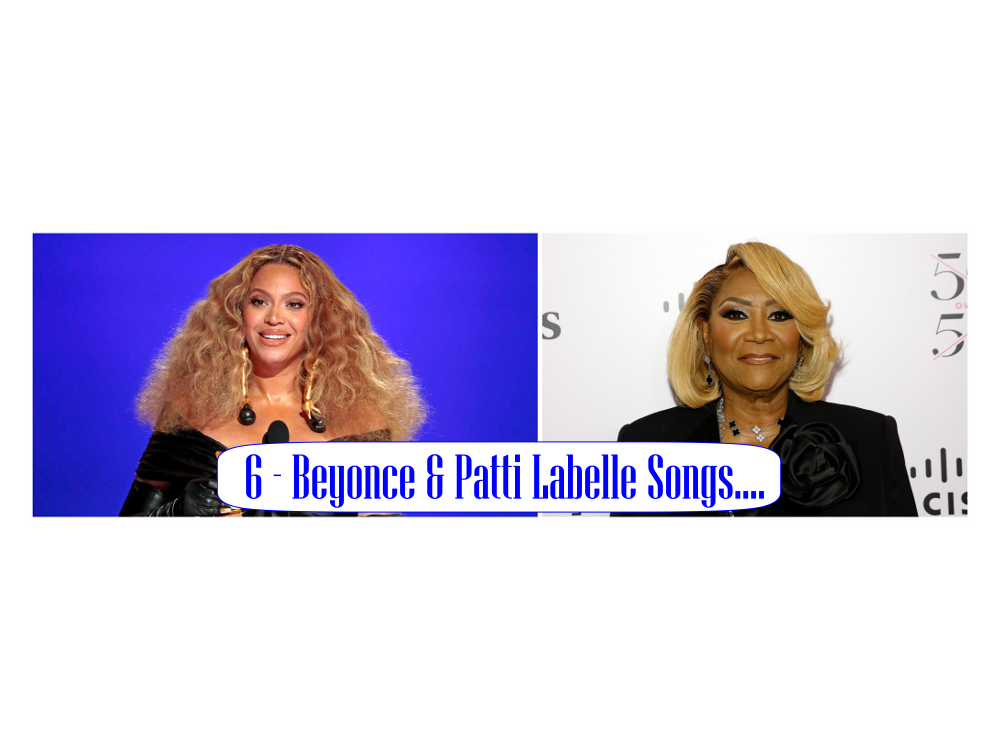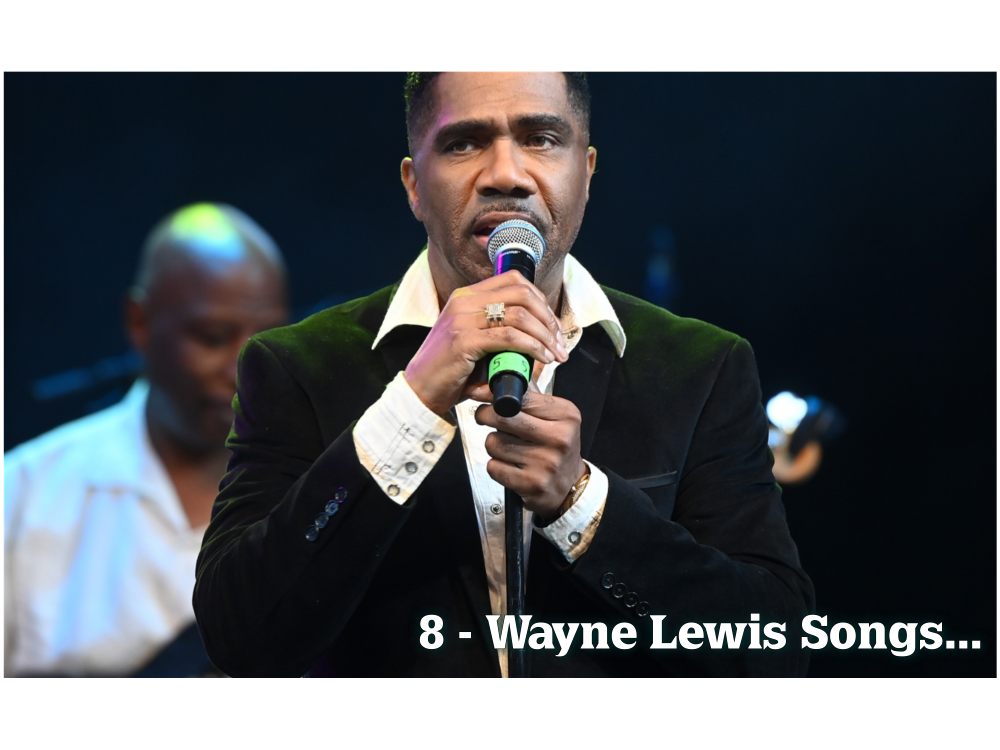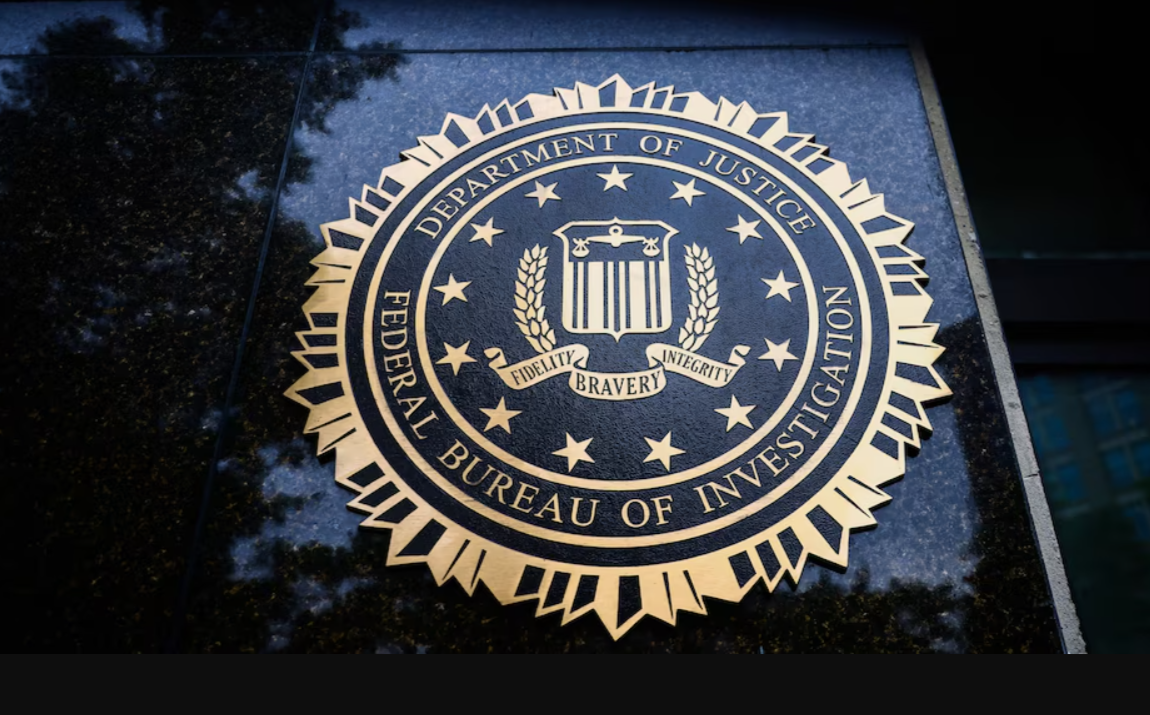(ThyBlackMan.com) Knowing the names behind something is important. Who plays that character? What is the name of that guitarist in that band? Who are all the members of Wu-Tang Clan’s Killer Bs?
In rock and heavy metal—as with any genre of music—a performance or sound will catch your attention and you want to know who is the singer or the drummer. Here are five legendary metal singers to help on your metal journey.
Rob Halford: The Metal God (Judas Priest, Halford, 2wo, Fight)
I’ve mentioned Judas Priest lead singer Rob Halford numerous times in the past but when it comes to heavy metal vocalists, Halford is a Metal 101 topic.
In music, there will always be artists or bands from the current generation that are better than the legends. That’s why we discuss the best within their generation—for some degree of accuracy.
There are definitely singers who have upped the skill, range, and vocal acrobatics in heavy metal but Halford was pretty much the blueprint for that level performance. He’s also the singer most responsible for the iconic look identified with the genre: the black leather, studs, chains—all of that.
As a singer, his voice was perfect for whatever Judas Priest played whether it was mid-tempo, or fast-paced or if it’s songs about rocking, romance, and science fiction. He always delivered.
Following the release of Painkiller in 1990, Halford left Judas Priest to pursue other sounds in metal and rock. He would return in 2005 for the album Angel of Retribution.

Bruce Dickenson: Air Raid Siren (Iron Maiden, Bruce Dickenson, Samson)
Another singer who always delivered is Bruce Dickenson. Debuting during the New Wave of British Heavy Metal with the band Samson, he joined Iron Maiden after the band’s second album and became part of the band’s classic line-up.
Like Halford, Dickinson is known for ridiculous vocal acrobatics and has this singing style that makes whatever the song about sounds more epic. He could seriously make preparing a cup of coffee seem like it’s something of historical and literary importance.
Dickinson departed Iron Maiden—his best-known band—in 1993, a year after Fear of the Dark was released. He returned to the band in 2000 for Brave New World, which—like Angel of Retribution—marked a return to the sound that brought the band to the dance.
Lemmy (Motorhead, Hawkwind)
Formerly a roadie for Jimi Hendrix, the late Lemmy Kilmister is probably best known to casual listeners for the song “Ace of Spades” and to non-metal fans as the man behind WWE superstar and executive Triple H’s theme song.
His first venture into hard rock and heavy metal came as the bass player and occasional singer for psychedelic/space rock legends Hawkwind in the early 1970s.
After leaving Hawkind, he formed Motorhead and would be with the band until his death in 2015. Lemmy’s vocal style isn’t operatic like Halford and Dickenson’s, it’s like a chain-smoker gargling with gravel.
That might sound unappealing but it works for Motorhead’s tunes about rocking out, fast women, drinking, loud and fast music, partying, and just life involving all of those things.
All of that is nothing new in rock music but very few doing it with the charm and “I’ve lived this life for decades” approach like Lemmy. It’s like if Johnny Cash figured “F*** getting off this junk and turning my life around, I’m going to do these booze-drugs until the wheels fall off.”
The greatest of Lemmy’s singing really shines in more reflective songs such as “God Was Never on Your Side” from Motorhead’s 2005 album Kiss of Death.
Ozzy Osbourne (Ozzy Osbourne, Black Sabbath)
Of the names of this list, Ozzy is probably the one I least enjoyed when I was first really diving into heavy metal’s history. However, his impact on heavy metal’s early sound is the most important on the list.
Ozzy began as the singer of Earth/The Earth Blues Band, a mostly blues rock outfit in the late 1960s. Surprise, surprise there was a glut of blues/folk/psychedelic rock during the 1960s and new sound was needed.
Ozzy and his fellow classic line-up Sabbath mates all grew up in the industrial town of Birmingham, England—where Rob Halford and Judas Priest also originated.
Black Sabbath’s lead guitarist Tony Iommi was doing his work in a factory when he had an accident resulting in his middle and ring fingers being cut off.
Instead of giving up of guitar, he made prostetic fingertips and altered the tune of his guitar. This is the birth of metal’s signature guitar sound and pretty much the birth of heavy metal.
Ozzy’s vocal contribution along with early Black Sabbath’s musical and lyrical direction of often dark themes and horror imagery played slowly and heavily is what birthed the doom metal subgenre within a short period of time.
The best way to explain Ozzy’s singing is that of a show narrator going for the most macabre and melodramatic of the story being told.
It’s something that worked perfectly for Sabbath’s music but I didn’t care for the sound once I got to his departure from the band in 1979 and transitioning to more traditional/mainstream metal with 1980’s Blizzard of Ozz.
Ronnie James Dio (Dio, Heaven & Hell, Black Sabbath, Rainbow, Elf)
Getting back to the operatic crew of Metal Singers 101, we have the late Ronnie James Dio—the first singer on the list from America. Getting his start in the late 1950s.
An interesting note is that while known for his powerful voice and use of fantasy and mythological metaphors to explain life, he started out in music as a bass player.
He would enter the hard rock and heavy metal domain in the late 1960s via the Blue Elves—which would become the hard rock band Elf.
His star really began to rise as the lead singer for Deep Purple guitarist Ritchie Blackmore’s band Rainbow in the late 1970s. This led to him being picked up by Black Sabbath following Ozzy’s departure in 1980.
The result was two of Black Sabbath’s perfect albums from start to finish Heaven and Hell and Mob Rules. While Dio would leave Sabbath in 1982, he would return ten years later for the Dehumanizer album.
After leaving Sabbath, Dio went on to have an epic solo run with his band Dio and produced classic albums such as Holy Diver, Last in Line, Dream Evil, and Strange Highways.
As a singer, Dio utilized a powerful voice that showcased a range of emotions similar to Halford and Dickenson but he wasn’t a big sustained high note guy.
It was definitely in his singers’ bag of tricks but it was one he didn’t utilize in part because the music he wrote rarely called for it. He was more like Ozzy in how he told a story via his songs but instead of atmosphere he went for metaphors—often of a fantasy nature.
Your Picks for 5 Classic Metal Singers to Know
For our metal-versed readers who are five classic singers aspiring metalheads should know? Also, for our aspiring metalheads, which singers did you enjoy and who should be in part two?
Let us know in the comments!
Staff Writer; M. Swift
This talented writer is also a podcast host, and comic book fan who loves all things old school. One may also find him on Twitter at; metalswift.

















Leave a Reply